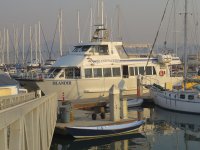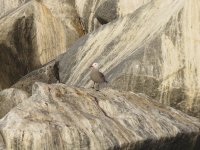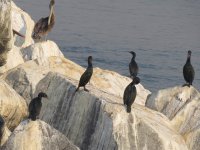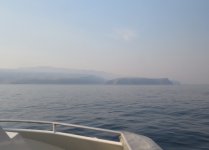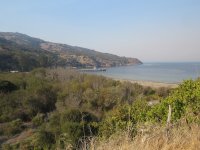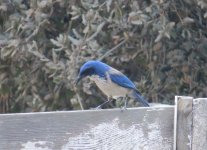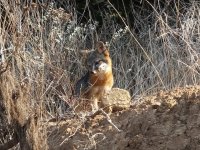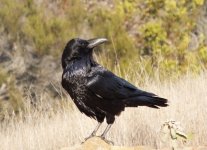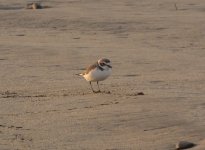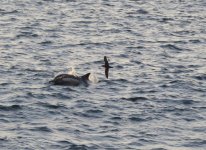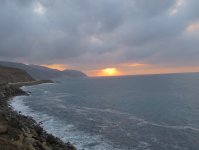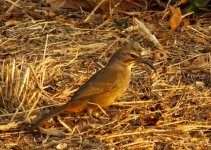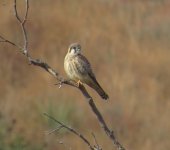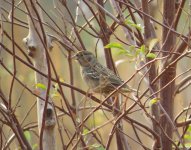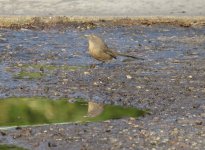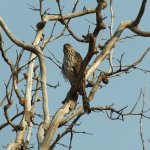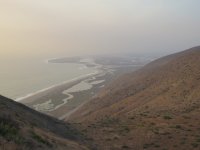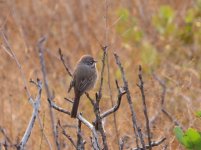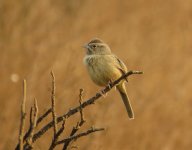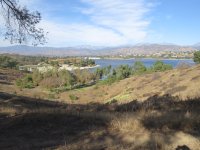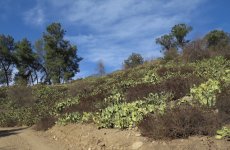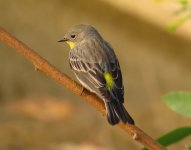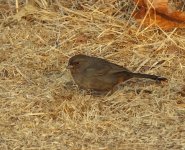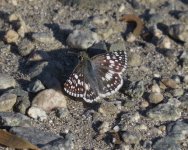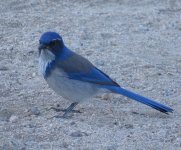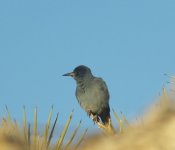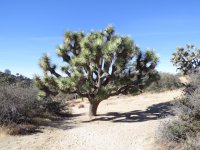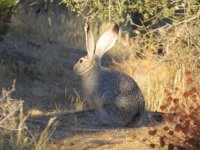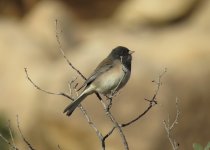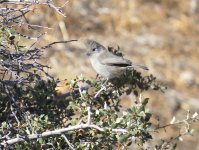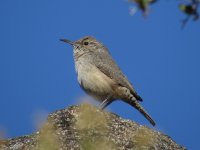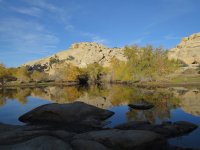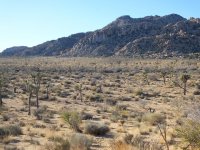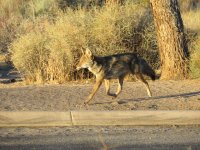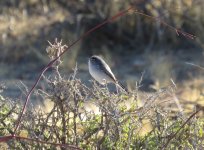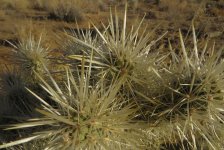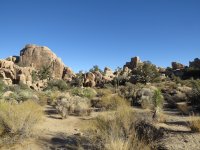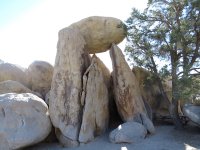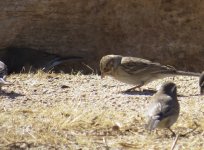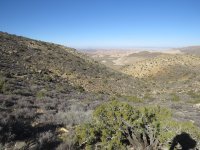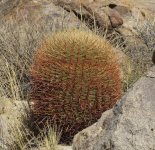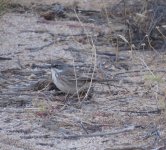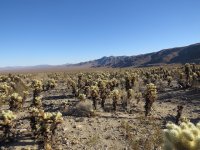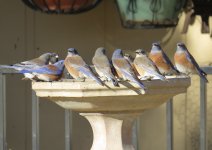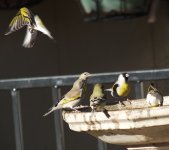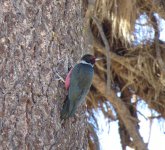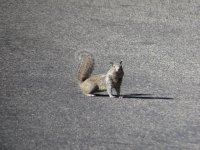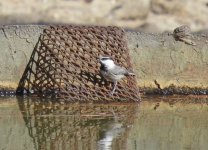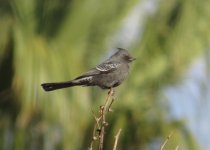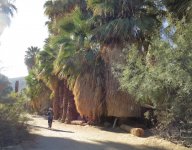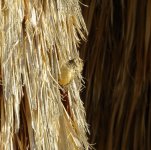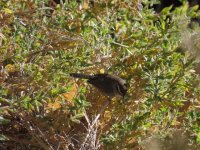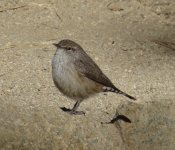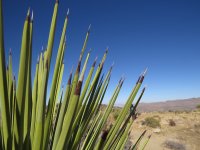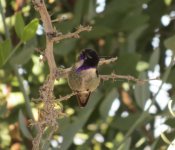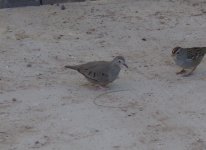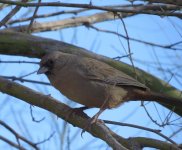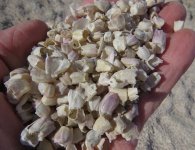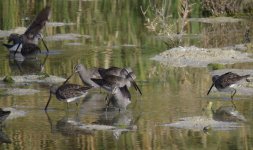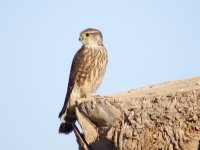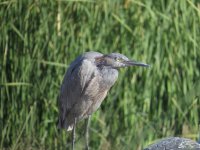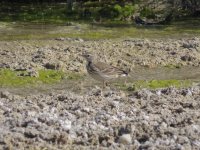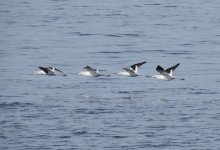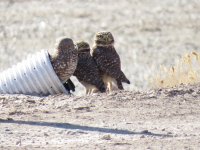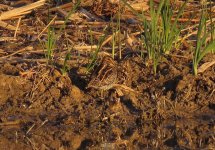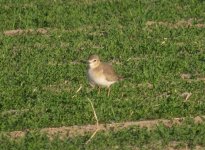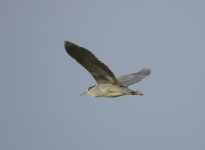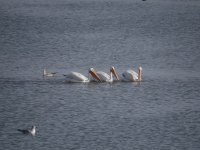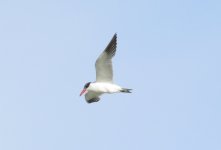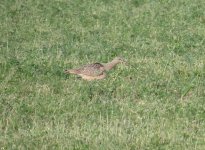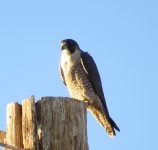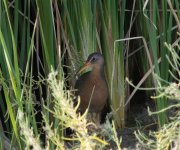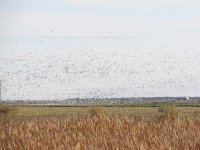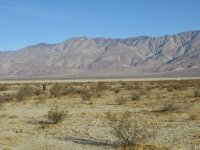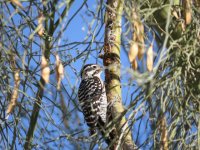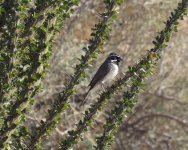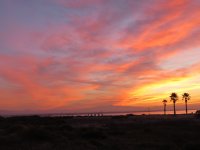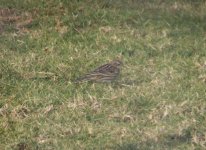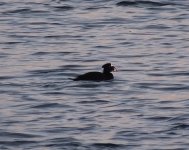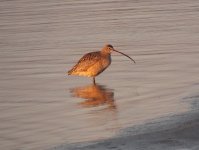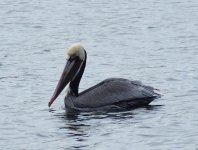Hamhed
Well-known member
Taking advantage of Liz’s holiday work schedule, we flew to Los Angeles for 12 days exploring Southern California. This was our first time as birders in this part of the US although we have traveled and birded west a few times before, most recently to southeast Arizona
(http://www.birdforum.net/showthread.php?t=349678).
Locations were selected mainly for their potential for new birds. The inland, desert sites are very hot in the summer months, making winter a potentially more comfortable season to visit. Or not. More on that later.
Raging fires in counties north of LA had us wondering about our timing since our first two days were to be spent in Ventura county where the largest fire in CA history was ongoing. Daily and even hourly, we watched the news on this fire and others in the area. Near departure time, the fires were moving north, taking their terrible, destructive path away from the area we hoped to cover.
Day 1
We rented a sedan from Enterprise, with whom we’ve had good luck, and drove north along the coast towards Oxnard, stopping for a birding break at Malibu Lagoon Park where we released some travel tension by circling a small pond and marsh, seeking a Ridgeway’s Rail that was recently reported. No rail found but the leg stretch was very welcome. We started out our CA list with 16 common species, missing the i.d. of 4 large parakeets flying quickly past. It was nearly dark by the time we reached our Airbnb location so birding that day was limited. Bird list here:
http://ebird.org/ebird/view/checklist/S41090045
(http://www.birdforum.net/showthread.php?t=349678).
Locations were selected mainly for their potential for new birds. The inland, desert sites are very hot in the summer months, making winter a potentially more comfortable season to visit. Or not. More on that later.
Raging fires in counties north of LA had us wondering about our timing since our first two days were to be spent in Ventura county where the largest fire in CA history was ongoing. Daily and even hourly, we watched the news on this fire and others in the area. Near departure time, the fires were moving north, taking their terrible, destructive path away from the area we hoped to cover.
Day 1
We rented a sedan from Enterprise, with whom we’ve had good luck, and drove north along the coast towards Oxnard, stopping for a birding break at Malibu Lagoon Park where we released some travel tension by circling a small pond and marsh, seeking a Ridgeway’s Rail that was recently reported. No rail found but the leg stretch was very welcome. We started out our CA list with 16 common species, missing the i.d. of 4 large parakeets flying quickly past. It was nearly dark by the time we reached our Airbnb location so birding that day was limited. Bird list here:
http://ebird.org/ebird/view/checklist/S41090045




